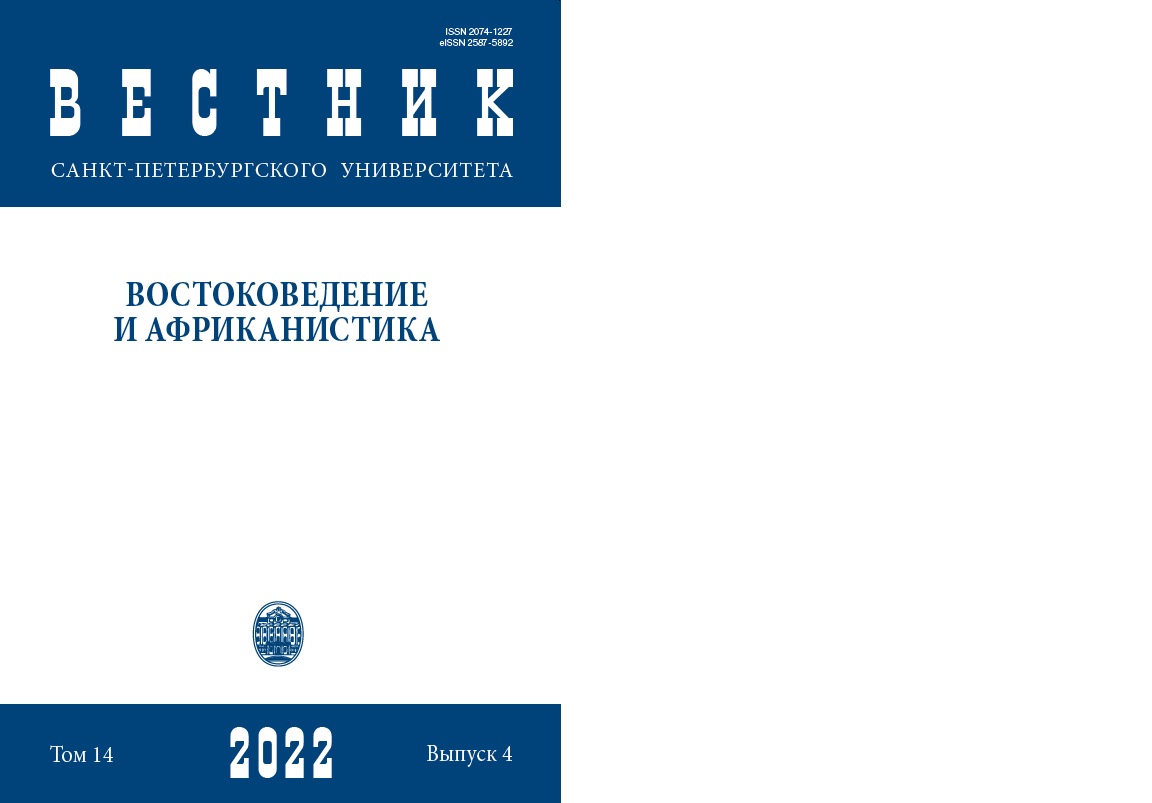Concepts of Charisma and Leadership in Bambara and Persian
DOI:
https://doi.org/10.21638/spbu13.2022.404Abstract
The article deals with the concepts of charisma and leadership in two non-Western Islamic cultures from the linguistic perspective. The concepts of charisma and charismatic leadership have a long tradition of studying in sociology, political science and psychology since M.Weber. Charisma can be defined as compelling attractiveness or charm that can inspire devotion in others. Cognates of this Greek word are found in most European languages. The English word leader has been borrowed by many related and non-related languages. The questions we are addressing in this article are: How to translate charisma and leader into Bambara and Persian? What Bambara and Persian words can be translated with the English words charisma and leader? What is the origin of these words in Bambara and Persian? How these words function within the two languages and two cultures? To answer these questions we analyze a wide range of lexicographic and textual sources. We come to a conclusion, that in both languages the vocabularies consist of layers of different origin: Soninke and Manding in Bambara, Iranian and Altaic in Persian, Arabic in both languages. Despite long histories of Islamization both languages, though influenced by Arabic, have kept their core vocabularies in what concerns charisma and leadership.
Keywords:
charisma, leadership, concept, Bambara, Manding, Mande, Persian, Iranian
Downloads
References
Downloads
Published
How to Cite
Issue
Section
License
Articles of "Vestnik of Saint Petersburg University. Asian and African Studies" are open access distributed under the terms of the License Agreement with Saint Petersburg State University, which permits to the authors unrestricted distribution and self-archiving free of charge.





